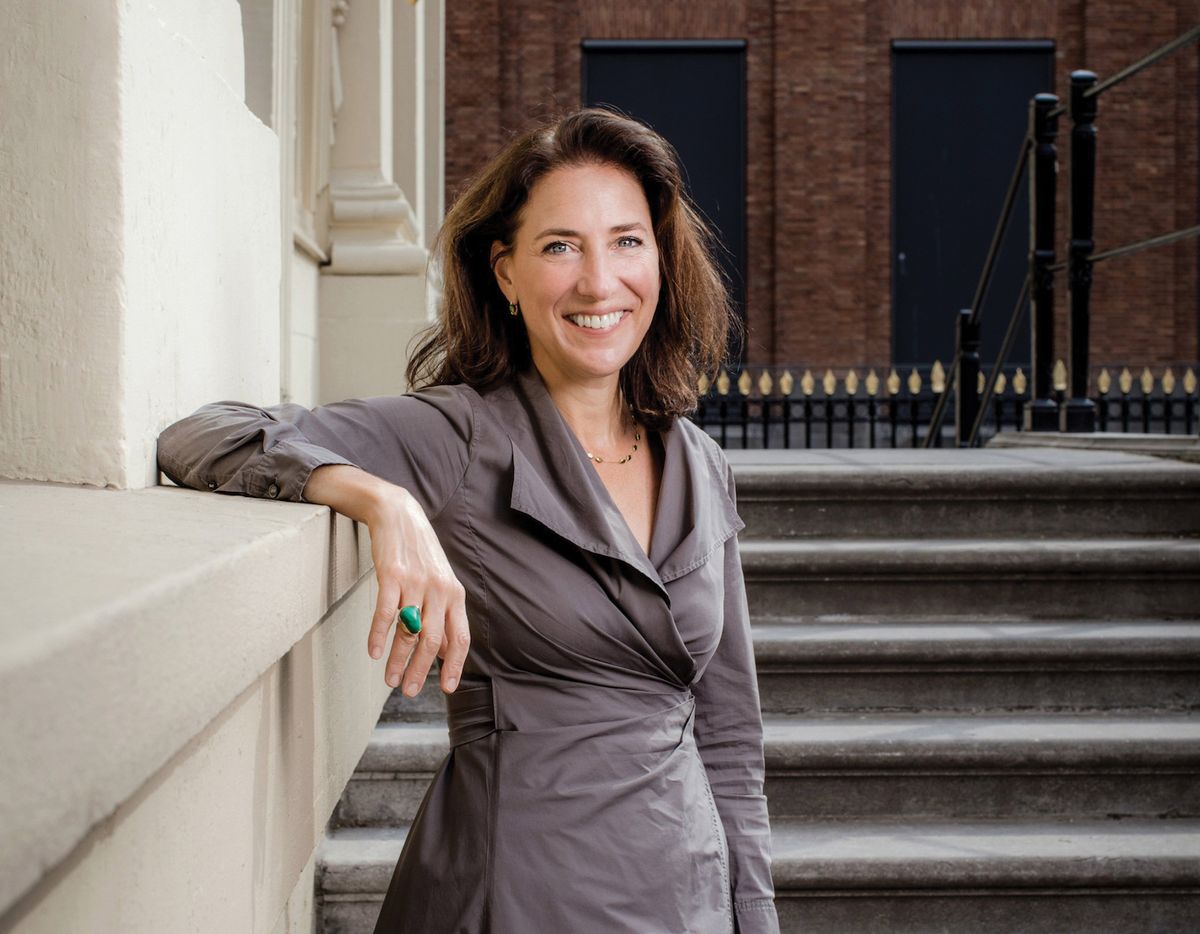If you could live with just one work of art, what would it be?
Rembrandt’s Jewish Bride in the Rijksmuseum. Aside from the virtuosity of the painting itself, the work exudes an intimacy and tenderness of which I could never tire. It’s not for nothing that Vincent van Gogh wrote, after seeing the painting in 1885: “Rembrandt could do something else—when he didn’t have to be true in the literal sense, as he did in a portrait. When he could make poetry, be a poet, that’s to say creator. That’s what he is in the Jewish Bride.”
Which cultural experience changed the way you see the world?
A Bruce Nauman exhibition at the Museum of Modern Art in New York in 1995. I was in graduate school studying art history with a focus on 17th-century Dutch and Flemish painting. This show brought me to the present with a shock. I remember leaving the exhibition thinking the world looked very different all of a sudden.
Which book most challenged your thinking?
Anne Hollander’s Seeing Through Clothes (1993). The book is certainly not without flaws, but it was innovative in the way it traces the representation of the body and clothing in Western art from Greek sculpture, to what was at that time contemporary art. Before graduate school, I had worked in the garment business, and this book sparked the idea for my PhD dissertation, about how Anthony van Dyck dealt with costume in his portraits. Most of the literature I had encountered before this time used clothing as documentation—for example, to date a painting—but Hollander’s book encouraged me to delve into the mediating role that an artist plays in representing dress.
Which writer or poet do you return to the most?
I learned from my father, who started his career as a journalist, that one of the best ways to sharpen your prose is to read good novels. I return to Anthony Trollope time and again, for his nuanced view of human interaction and for his writing.
What are you watching, listening to or following that you would recommend?
Podcasts have been a staple for some time, long before they became as fashionable as they are now. I always listen to Fresh Air with Terry Gross (NPR). She is one of the best interviewers I have ever encountered—well prepared, flexible and gracious. And the show keeps me in touch with topics that are being discussed in the United States.
What is art for?
This terrible time, dominated by the coronavirus, brings things into focus. When I see how people at home are engaged and comforted by the offerings museums are putting online, it makes me realise what a vital role art plays in communicating the shared human experience and in bringing us together.


